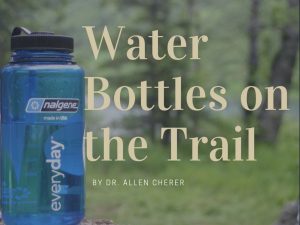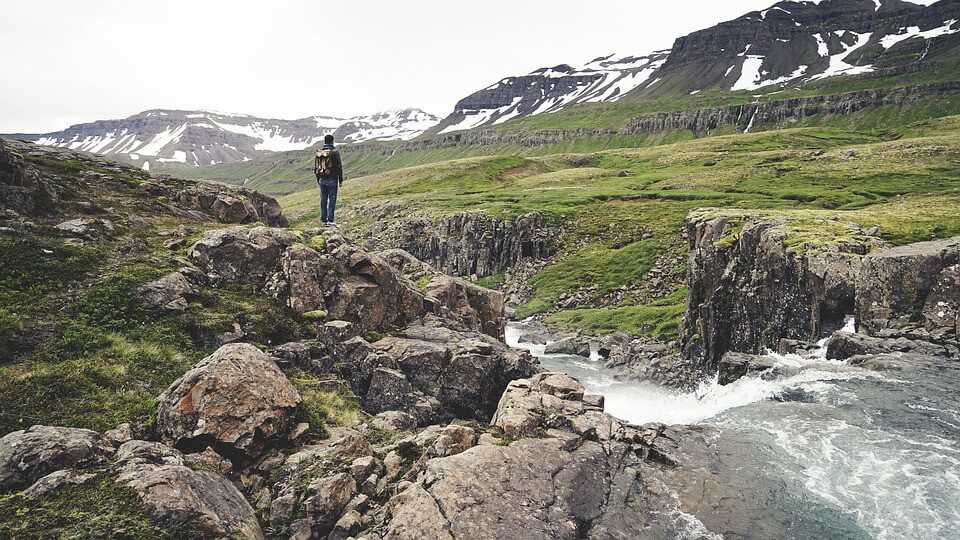 Choosing a water bottle for your hike might seem like a fairly insignificant thing. Why not just pick up a Poland Spring bottle at the local store? Well, if you’d like to reduce your carbon footprint and save some cash, then a reusable bottle is the way to go. But there are a lot of options out there that go much further . I recently read a post online that looked at some of the more popular types of water bottle, and how to decide which one is best for you. It was a great read, and I thought I would share some of what I learned with you!
Choosing a water bottle for your hike might seem like a fairly insignificant thing. Why not just pick up a Poland Spring bottle at the local store? Well, if you’d like to reduce your carbon footprint and save some cash, then a reusable bottle is the way to go. But there are a lot of options out there that go much further . I recently read a post online that looked at some of the more popular types of water bottle, and how to decide which one is best for you. It was a great read, and I thought I would share some of what I learned with you!
Nalgene bottle: This one’s a classic, your basic water bottle with an indestructible exterior. If you line your bottle with a neoprene sleeve, it will provide insulation to serve as a makeshift hot water bottle during trips. Of course, don’t boil water in it; it’s plastic, and plastic melts!
Insulated: Insulated water bottles are pretty heavy, but this is the way to go if you don’t want the outside elements to mess with the temperature inside the bottle. So if you put in cold water on a hot day, it will stay ice cold for hours. And if you pour in hot coffee, it will stay piping hot all day long.
Filtering: If you’re dealing with potentially infectious water, then filters are a must. The LifeStraw, made to fight water contamination in Africa, is easy to use and effective, with a 100-liter lifetime.
Collapsible: Great as the options up above are, they’re bulky and can get heavy. If you’re already carrying a lot, then a collapsible bottle that can easily fit in your backpack is a great option. Another similar option is a pouch, which won’t take up any space in your bag when it’s empty and can fill up pretty neatly.
